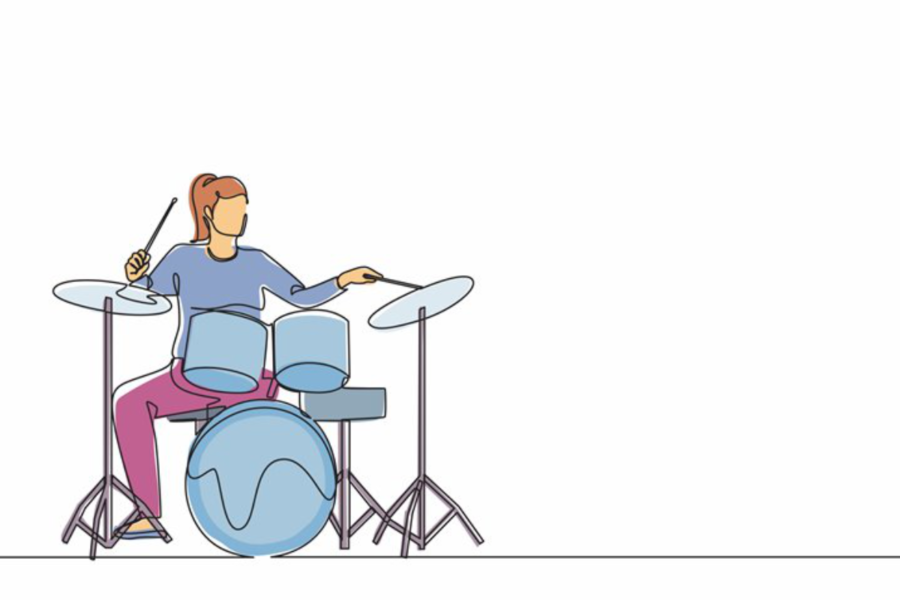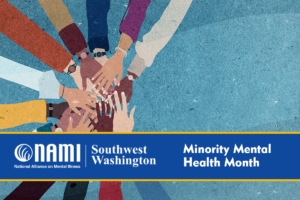By Katy Otto
“You’ve been doing it all along.”
These were the words of my startled, excited therapist years ago in her office. I had come to her desperate to unlock and heal traumas that had built up over time. I was about a year into a romantic relationship that would become my marriage; a relationship so healthy, stable and functional that I was trying to self-sabotage. I picked fights, I had panic attacks, I sought conflict where there was none. I was so unused to good, abiding love that I could not handle it.
The bulk of my romantic past, up until that point, ran the gamut. Passionate love with chaotic and sometimes violent people at worst; inconsistent, lopsided and shaky relationships at best. I kept trying to recreate the fervor I was used to with my partner, thinking that was truly what it meant to be “in love.” Increasingly and understandably, he became uncomfortable. He wanted serenity. He pointed out that without it, we would not have longevity. We would not be able to build the home and family I repeatedly told him I wanted.
I took him seriously and took stock of my life. I had been in various forms of therapy on and off since age 13, when my mother first noticed emerging signs of what would eventually be diagnosed as OCD. I was familiar with talk therapy modalities — and I had hoped pursuing these over the years would ensure a functional adulthood. But it seemed I was missing the right type of healing for me.
A therapist I saw at the time asked me if I had ever heard of eye movement desensitization and reprocessing (EMDR) therapy. She was familiar with specific parts of my life and thought it would be helpful for me to see another practitioner who specialized in the treatment. I had not heard of it, but after reading a little about it I decided it was worth a try. It turns out it was more than worth it.
My Experience with EMDR
The process of going through EMDR therapy was intense. I shared some of the major events in my life with my new therapist; I have, unfortunately, experienced intimate partner violence more than once. In her office, my thoughts returned to my first serious, long-term relationship — a relationship in which my partner sexually assaulted me, misled me and manipulated me. Additionally, the relationship was very public, with tremendous scrutiny as he had been called out for abusing multiple other people. I had cut off contact with this person, as there was no other path forward for me to heal. I tried my best, but often had vivid, searing nightmares about him. This was a lot to experience at a young age. I was beyond ill-equipped, and I spent the bulk of my twenties reeling from this.
The therapist thought it wise to focus on these more vivid and traumatic experiences. She placed a buzzer in each of my hands, and as we talked through the worst aspects of my experiences from my early twenties, she activated the buzzers, alternating between the two. My understanding was that this kind of bilateral stimulation combined with a full-on retelling of my deepest trauma would reduce the vividness and emotion accompanying these memories.
I would not forget what would happen, but it would not take over my body in the same way. We focused on this intensive work for months, and I saw marked improvement in my mental health and life. My relationship was flourishing; my partner and I decided to move in together. I felt well and whole.
My DIY EMDR
Towards the end of our time together, I looked up at my therapist and said, “So the idea is bilateral stimulation while talking or shouting about the things that have harmed you most, yes?”
“Yes,” she replied. “That is how EMDR works.”
“So, if I have been playing drums since I was 17, and in my latest band singing and screaming particularly about things just like that, would that be the same kind of thing?”
Her eyes got wide, and she sat up in her chair. “It sounds like you’ve been doing DIY EMDR this whole time. Without knowing it, you were seeking to self-soothe and heal. This is extraordinary; did it help you?”
I paused and thought back. When I first started playing drums at 17, it was after seeing Patty Schemel, the drummer from Hole, perform at Lollapalooza in Charles Town, W.V. It was the most beautiful, potent, powerful thing I had ever seen. I did not stop pestering my parents until I was fully set up with a kit to play myself. I didn’t know then many of the demons Patty herself struggled with and has been open about, but I often wonder if I could innately recognize the healing potential in what she was doing.
“I don’t think it is an exaggeration for me to say playing drums saved my life,” I responded. I recalled the freedom I felt inside my own body sitting behind a kit for the first time and many subsequent times.
The therapist shared that other kinds of bilateral stimulation would also work, such as swimming, walking and so forth. She encouraged me to write and share my experience some day.
Finding The Right Healing Modality
It is through my own experience with loud sound as the most healing salve I have ever known that I recognize how deeply many of us want to feel better. People want avenues to move past their trauma. We want pathways to joy and well-being. Pounding out patterns on the drums while speaking my truth helped bring me closer to that; and professionally delivered EMDR helped carry me to a place where I can truly thrive.
I share this story in celebration of the capacity of loud music to help us find our way, and in the hopes of a future in which everyone has access to the modalities they need to find peace. Through this, perhaps our world stands a better chance of experiencing the kind of peace we so desperately need.
Katy Otto is a musician living in Philadelphia, PA with her husband and two kids.




